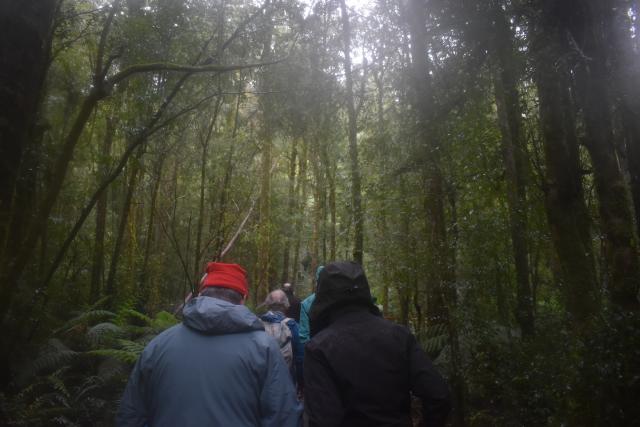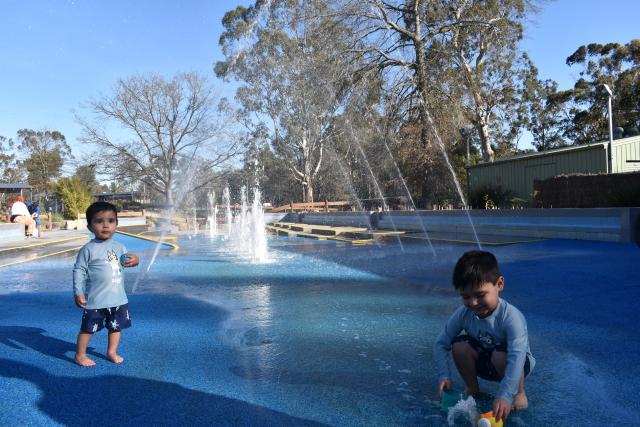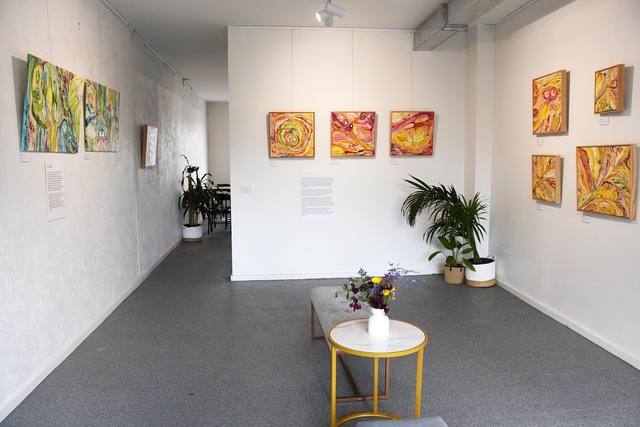About 300,000 hectares of state forest would be suitable to be considered national parks in the wake of the transition away from native timber harvesting, an interim report from the Victorian Environmental Assessment Council (VEAC) on the state forests of the Central Highlands has found.
With the economic implications to be considered before the final report by the end of July this year, the recommendation could see existing national parks and state forests in the region link up, similarly to the Great Forest National Park (GFNP) proposal.
Born in the Yarra Ranges following the 2009 Black Saturday bushfires, the GFNP has proposed adding 355,000 hectares of forest to the existing 170,000 hectares of protected forests in the Central Highlands to form the park, which would span north to south from Eildon to Yellingbo and east to west from Baw Baw to Kinglake.
Parks and Nature Campaigner at the Victorian National Parks Association (VNPA) Jordan Crook said it’s very exciting news, but not out of the blue.
“We’ve known for a very long time the forests of the Central Highlands are incredibly important and worthy of national park protection, so it’s good that a government organisation has also found that,” he said.
“The Great Forest National Park idea has always been very well supported across the whole of Victoria and it’s based on science and good long-term data sets, ut the push to protect the forest has been ongoing since almost the early 1900s so it’s good this is finally happening and it’s a great relief.”
The report found that a new national park could ‘link the existing Yarra Ranges, Kinglake, Lake Eildon and Baw Baw national parks and the Bunyip, Cathedral Range and Moondarra state parks’ with minimal conflict to alternative uses or values such as hunting or mineral extraction.
Other areas such as the upper Thomson catchment, the area between the Yarra Ranges
and Lake Eildon National Parks and state forests northwest of the Kinglake National Park are also considered and not ruled out, but have greater conflicts and may be more suited to other land uses such as regional or state park status.
Following the release of the report, the main community concerns have centred around the impact on recreational use and activities such as hunting and camping and the management of animals such as deer.
Communications Manager of the Sporting Shooters Association Australia (SSAA) Victorian branch Barry Howlett said the key issue from a hunter’s perspective is access.
“There are now close to fifty thousand licensed deer hunters in Victoria, a sixfold increase over the past twenty years. We need more places for people to participate in active outdoor recreation, not less,”
“For many Victorians, camping in the forest with the family dog is not only a great way to spend the summer break, it’s the only family holiday they can afford. If you’re going to lock tens of thousands of campers, cyclists, climbers and hunters out of the bush, you must have an excellent reason; VEAC’s report does not provide even an adequate reason,”
“You can protect and actively participate in the environment; the two things are not mutually exclusive. With the end of native timber harvesting, the government needs to develop a proper strategy for public land for the next fifty years.”
Generally, hunting is not allowed in national parks, state parks, coastal parks, wilderness parks and regional parks but there are already a number of exceptions throughout the state, including existing hunting specifications in the Baw Baw and Lake Eildon National Parks.
Sean Kilkenny heads Advocacy and Deer Management at the Australian Deer Association and said as long as recreational deer hunting continues as a permitted activity within any changed land tenure, there won’t be a material change in wild deer populations.
“Recreational deer hunting has been shown to be the most effective tool in the deer management toolbox. The only way populations will change is if recreational deer hunters get locked out of the public land, they once had access to,” he said.
“Should a new national park be created, there is no reason why recreational hunting should not be permitted,”
“It’s a public land use valued by over 50,000 Victorians that operates harmoniously with all other park users.”
A study on the ‘Abundance of deer in Victoria’ was published by the Arthur Rylah Institute for Environmental Research in October 2023 had 253 sites including 317 camera traps on public land between September 2021 and May 2023 had detected deer at 148 sites, and signs of deer at 186 in that period. From that, they were able to estimate a total abundance of 191,153, of which 123,061 were Sambar deer, 48,932 were fallow deer, 12,672 were red deer and 4243 were hog deer. In 2021, the Victorian Government established the Eminent Panel for Community Engagement to provide recommendations on the future use of areas of state forest and Immediate Protection Areas, which will now be forced largely on the Central Highlands.
“We welcome VEAC’s interim report, which will be a key consideration for the Eminent Panel that will be undertaking community engagement on the future of the Central Highlands next year,” a Victorian Government spokesperson said.
“Once consultation has been completed the panel will provide a report to government including recommendations for land categories and future uses.”
Mr Crook said the future of the park is all about zoning and keeping people safe.
“You’ll see a lot more people come to these areas now once they become parks, and you don’t want bullets flying past your head when you’re going on a nice bushwalk, mountain bike ride or horse ride, but with appropriate zoning, hunting will be allowed away from high use areas of the park like what already happens,” he said.
“I can’t see the number of camping sites reducing. If anything, I reckon they would expand across the highlands with more designated camping spots to reduce that visitor pressure across the natural areas that are now recovering from logging, but also reducing things like runoff of human waste.”







